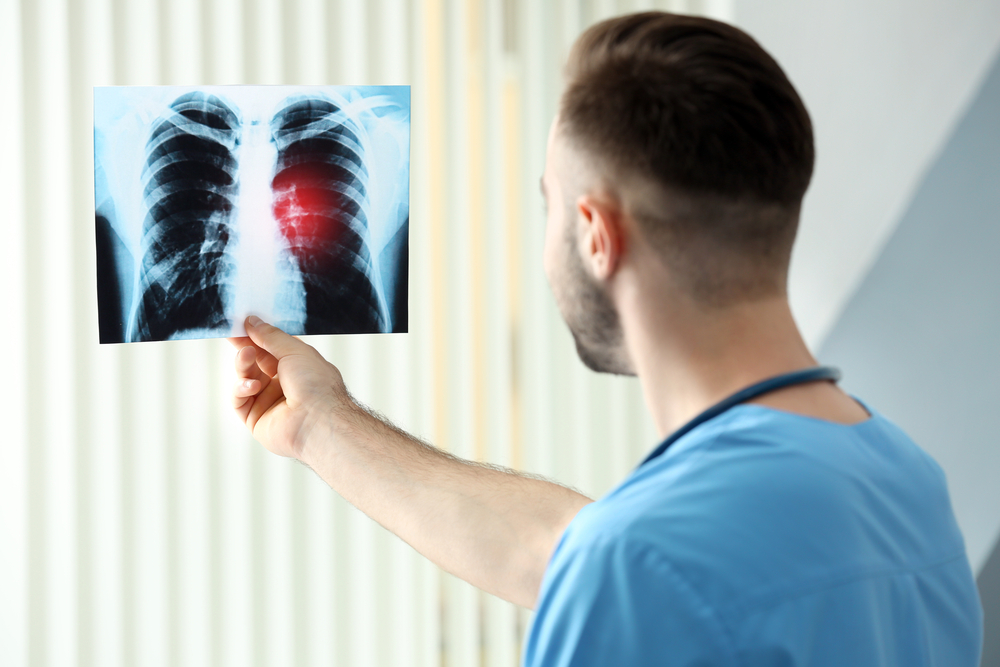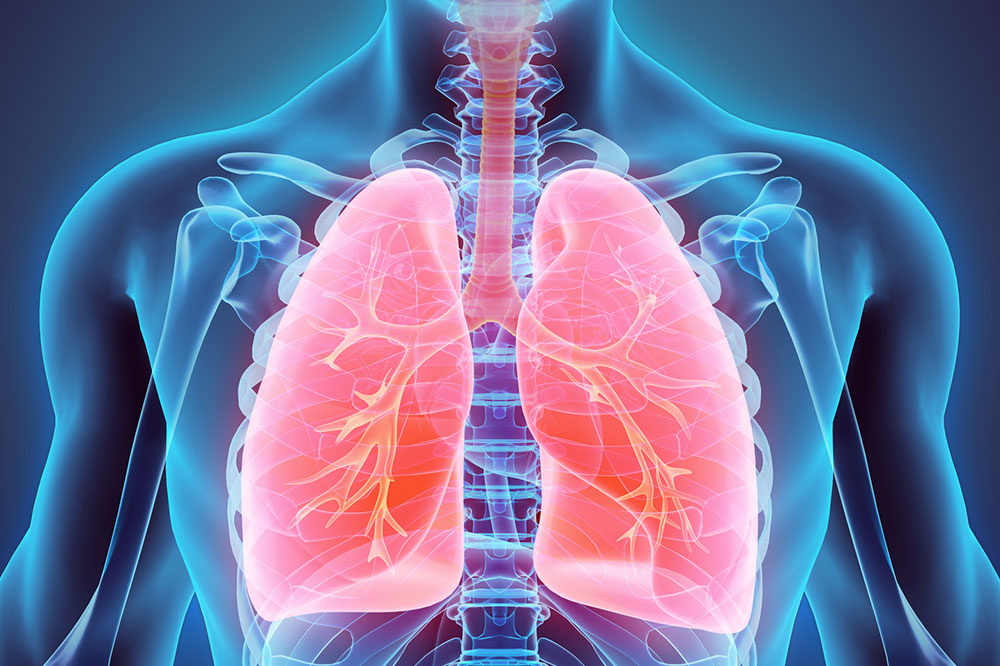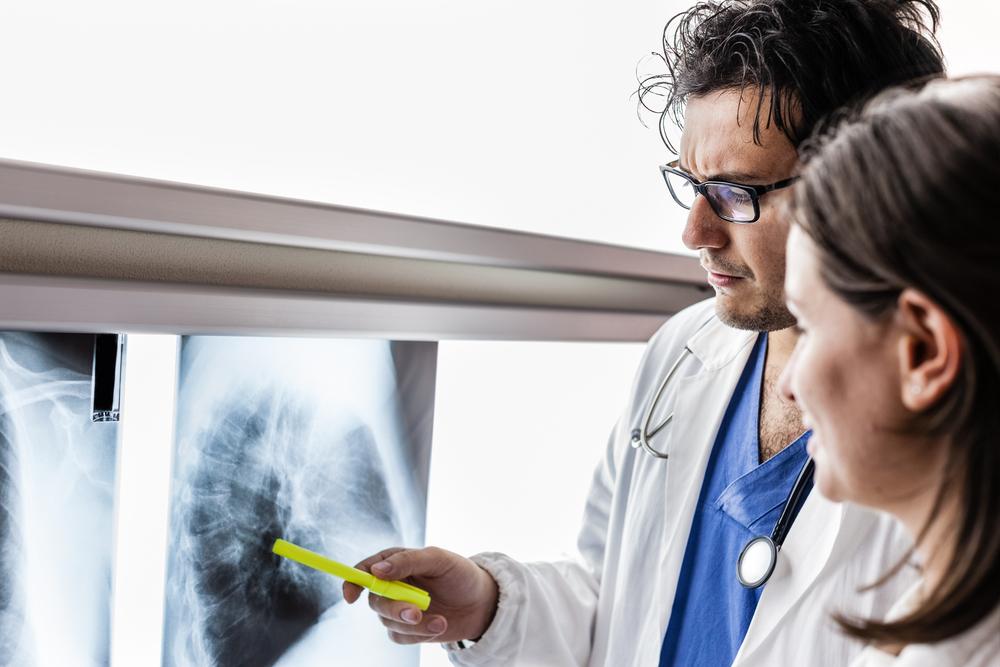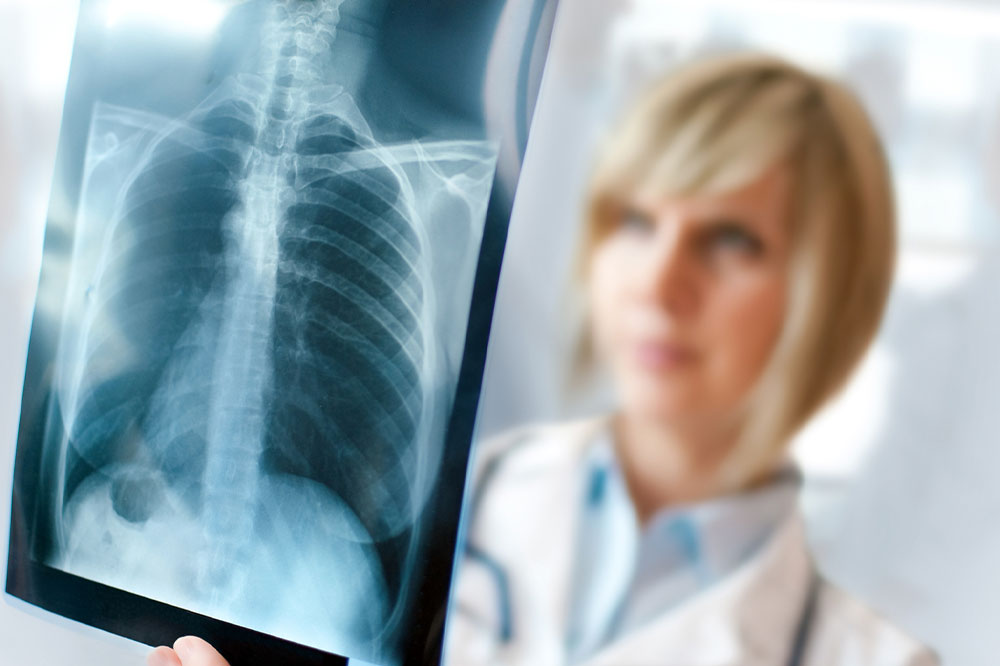Comprehensive Guide to Lung Cancer: Causes, Detection, Symptoms, and Modern Treatments
This comprehensive article explores lung cancer in detail, covering causes, early detection methods, symptoms, and the latest treatment options. It emphasizes the importance of awareness, regular screening, and personalized treatment strategies for better patient outcomes. By understanding risk factors such as smoking and radon exposure, individuals can take proactive steps to reduce their risk. The article also discusses advanced diagnostic techniques like CT and PET scans and modern therapies including immunotherapy and targeted drugs, offering hope for improved survival rates. Essential reading for anyone interested in respiratory health and cancer prevention.

Comprehensive Guide to Lung Cancer: Causes, Detection, Symptoms, and Modern Treatments
Lung Cancer in Depth: Understanding Causes, Diagnosing Early, Recognizing Symptoms, and Exploring Treatment Options
Lung cancer presents a significant health challenge globally and is considered one of the leading causes of cancer-related mortality worldwide. According to global health statistics, it accounts for approximately 27% of all cancer deaths, making it a paramount concern for medical professionals, researchers, and public health officials alike. Raising awareness about lung cancer is crucial for early detection and improving survival rates, which is why understanding its risk factors, symptoms, diagnostic approaches, and available treatments is essential for everyone.
Developing from abnormal cellular growth within the lung tissues, lung cancer manifests primarily in the lining cells of the airways. These abnormal cell proliferations can be benign or malignant. The malignant varieties, which are aggressive and capable of metastasizing to other organs, pose serious health threats and necessitate prompt intervention. Early detection strategies significantly influence prognosis, emphasizing the importance of awareness and regular health screenings.
Distinguishing between primary and secondary lung cancer is vital. Primary lung cancer originates within the lungs themselves and is most commonly linked to environmental factors and personal habits. Secondary lung cancer, on the other hand, develops when cancer cells spread from elsewhere in the body to the lungs.
Below, we delve comprehensive details about the major risk factors, detection techniques, signs and symptoms, and a wide array of treatment options available today for lung cancer patients.
Major Risk Factors that Contribute to Lung Cancer
Smoking tobacco products, including cigarettes, cigars, and pipes, is by far the most significant risk factor. Scientific studies consistently show that both active smokers and those exposed to secondhand smoke face increased risk. Active smoking harms the lungs through inhalation of numerous carcinogens found in tobacco. Passive exposure to tobacco smoke, especially in enclosed spaces like homes, offices, or social settings, also markedly raises the likelihood of developing lung cancer. Besides lung malignancies, smoking is associated with cancers of the mouth, throat, voice box (larynx), trachea, bronchus, esophagus, stomach, colon, rectum, liver, pancreas, kidney, bladder, and cervix. It is also linked to hematological malignancies such as acute myeloid leukemia.
Radon gas is a naturally occurring environment hazard, emphasizing the importance of indoor air quality. Radon emanates from the decay of uranium in soil and rocks and can accumulate unnoticed in basements and lower levels of buildings. Since radon is odorless, tasteless, and invisible, many homeowners are unaware of its presence. Long-term exposure to elevated radon levels has been reliably associated with nearly 200,000 lung cancer cases annually worldwide. Routine radon testing in homes and buildings is a highly effective preventative measure that can significantly reduce risk by enabling mitigation strategies like improved ventilation and radon reduction systems.
Genetics also play a crucial role. A family history of lung cancer increases individual susceptibility, especially if combined with environmental exposures like smoking or radon. Individuals who have previously had lung cancer are at higher risk for recurrence or for developing new primary tumors, underscoring the importance of ongoing surveillance and risk management.
Detecting Lung Cancer: Techniques and Challenges
Early detection of lung cancer remains a challenge due to its asymptomatic nature in initial stages. Many patients are diagnosed only after the disease has advanced or metastasized. Recognizing early warning signs and adopting screening measures are essential for improving survival rates.
Medical evaluation begins with detailed medical history and physical examination. Diagnostic tests such as sputum cytology analyze expectorated mucus for malignant cells. Chest imaging techniques, including chest X-rays and computed tomography (CT) scans, are commonly used initial screening tools to identify suspicious masses or nodules.
Advancements in imaging technology allow for more precise detection and staging. Positron emission tomography (PET) scans help assess metabolic activity of suspected tissues, revealing abnormal areas indicative of cancer. Magnetic Resonance Imaging (MRI) provides detailed images of the chest and surrounding structures, aiding in the assessment of invasion and metastasis. Bone scans may be conducted if there are symptoms suggesting spread to bones. Collectively, these techniques inform accurate staging and guide treatment planning.
Signs and Symptoms of Lung Cancer: When to Seek Medical Attention
Signs are often non-specific in early stages, which complicates timely diagnosis. The most common symptoms include a persistent cough that does not resolve, coughing up blood (hemoptysis), chest pain that is often dull and constant, and unexplained weight loss. Patients frequently experience fatigue and general weakness, which can be mistaken for other less serious conditions.
Recurrent respiratory infections such as pneumonia or bronchitis, particularly in the same area, may signal an underlying tumor. Swollen lymph nodes in the neck or chest may be palpable and contribute to chest pressure or discomfort. Sometimes, symptoms related to metastasis, such as bone pain or neurological deficits, appear in advanced cases, indicating the spread of cancer.
Modern Treatments for Lung Cancer: Personalized and Multimodal Approaches
The management of lung cancer depends on the stage of the disease, histological type, patient’s overall health, and preferences. Treatment strategies encompass a variety of options, often used in combination to maximize efficacy.
Surgical Intervention — Surgery remains the primary curative option for localized tumors. Procedures include lobectomy, pneumonectomy, or segmentectomy, aiming to remove the tumor along with surrounding healthy tissue. Patients must meet certain fitness criteria to undergo surgery safely.
Radiation Therapy — High-energy radiation, such as X-rays or proton therapy, targets and destroys cancer cells. Radiation can be used as a primary treatment in inoperable cases or as an adjunct to surgery and chemotherapy for enhanced local control.
Chemotherapy — Systemic chemotherapy involves administering drugs either orally or intravenously to kill rapidly dividing cells. Chemotherapy is often used after surgery to eradicate residual disease or in advanced stages to prolong survival and palliate symptoms.
Emerging Therapies and Clinical Trials — Immunotherapy, including immune checkpoint inhibitors, has revolutionized treatment by empowering the immune system to fight cancer. Targeted therapies act on specific genetic mutations within tumor cells, offering more personalized treatment options. Participation in clinical trials provides access to cutting-edge treatments and contributes to advancing lung cancer management.
In conclusion, lung cancer remains a major global health concern but is increasingly treatable with early detection and comprehensive care. Awareness about risk factors like smoking and radon exposure, coupled with advances in diagnostic technology and personalized treatments, offer hope for better outcomes. Regular health screenings and a proactive approach to respiratory health are key to improving survival and quality of life for those affected by this formidable disease.





